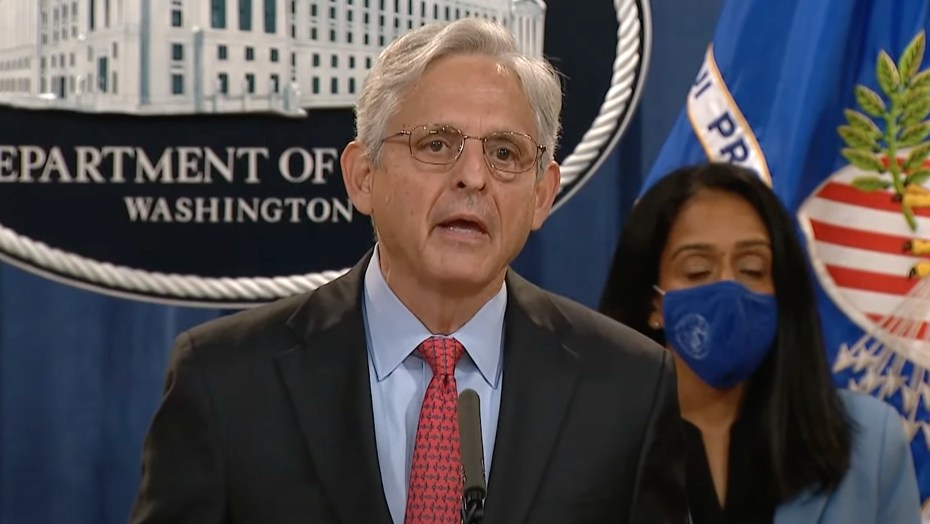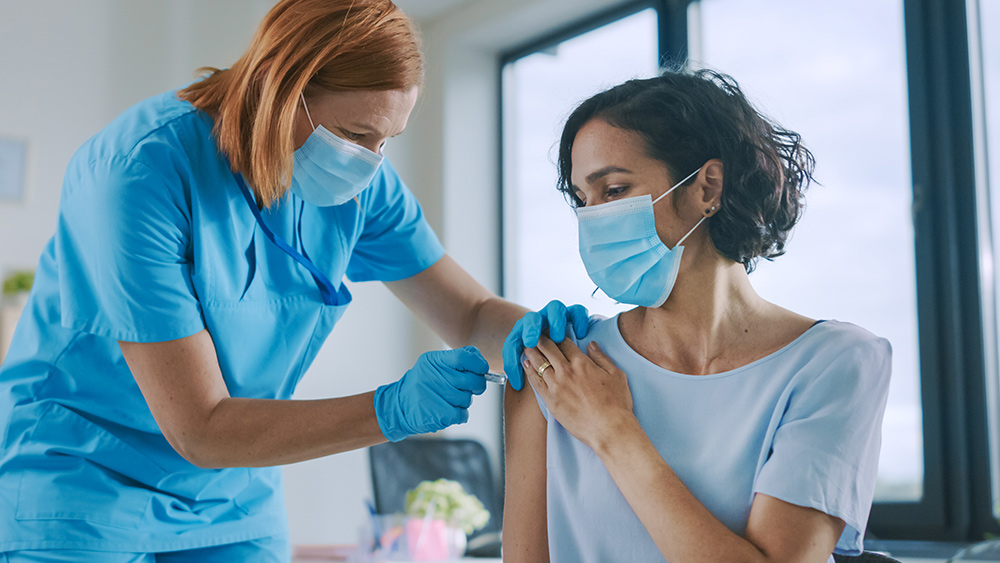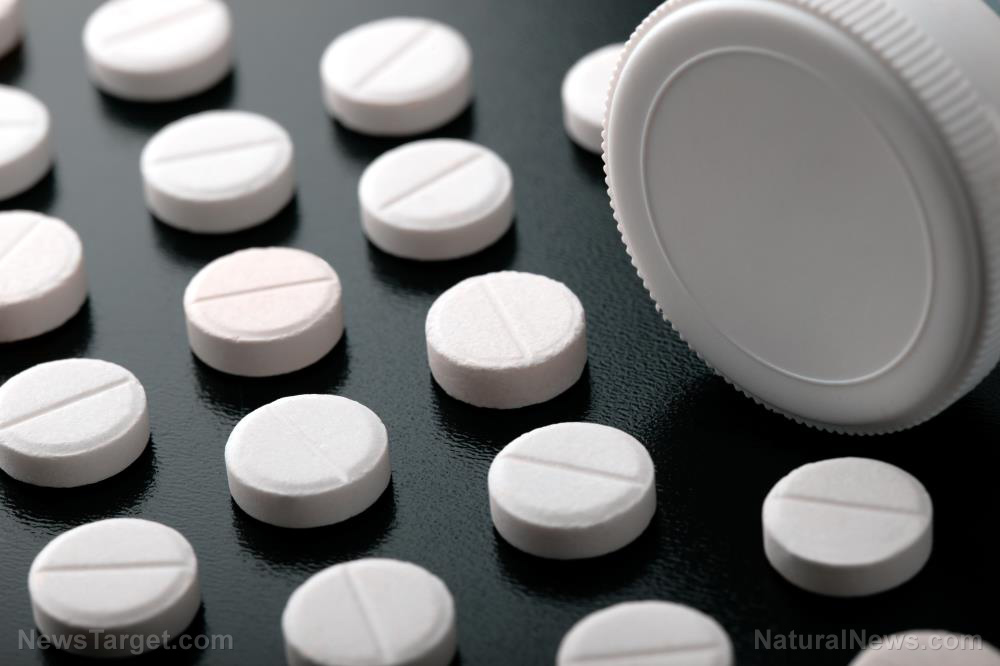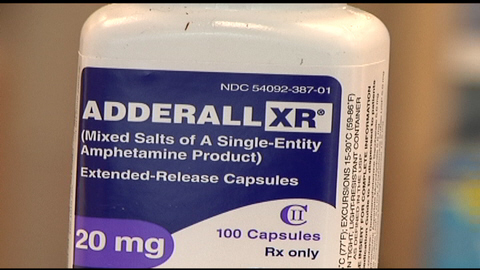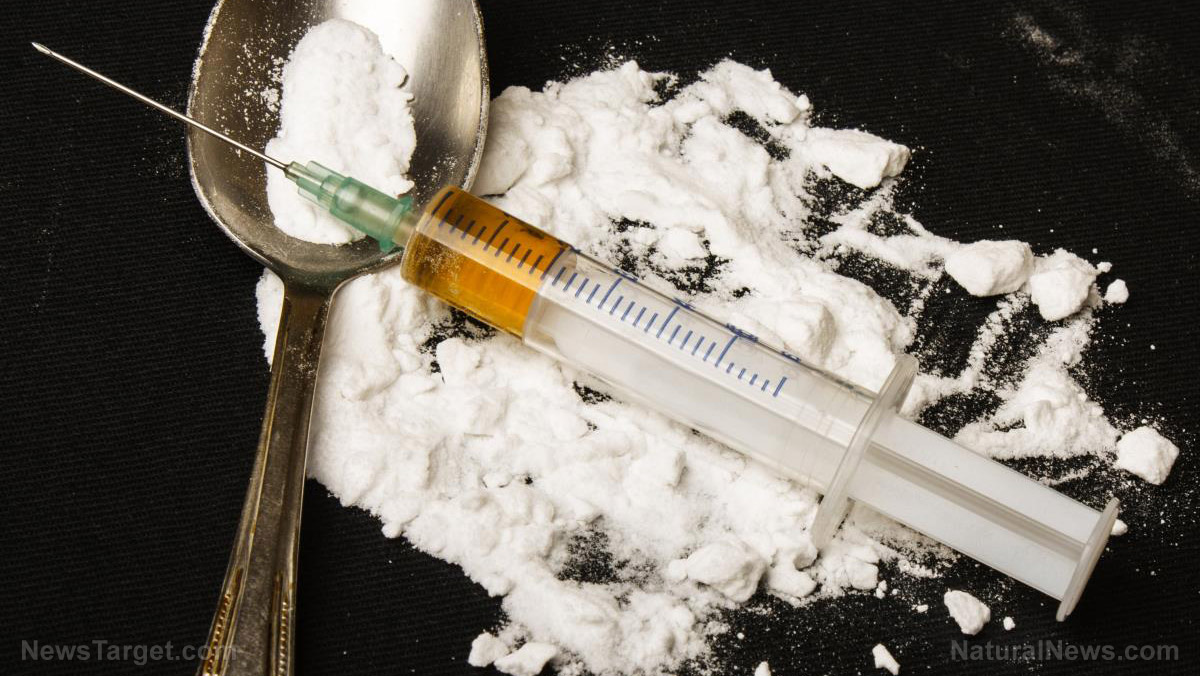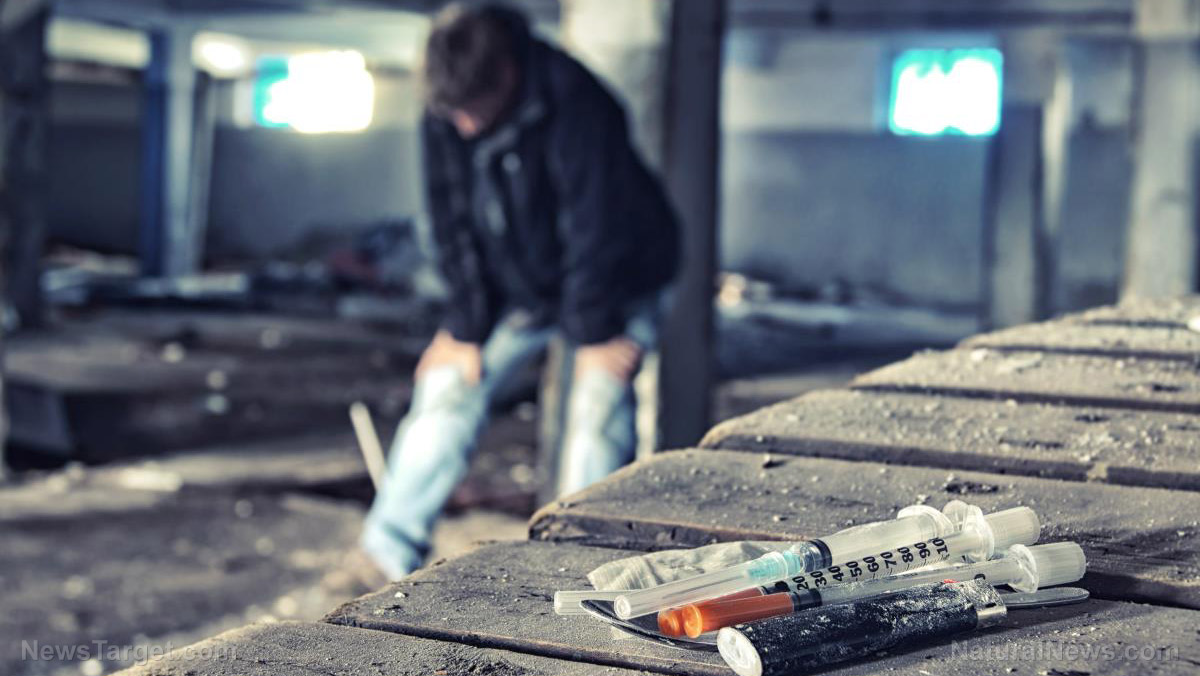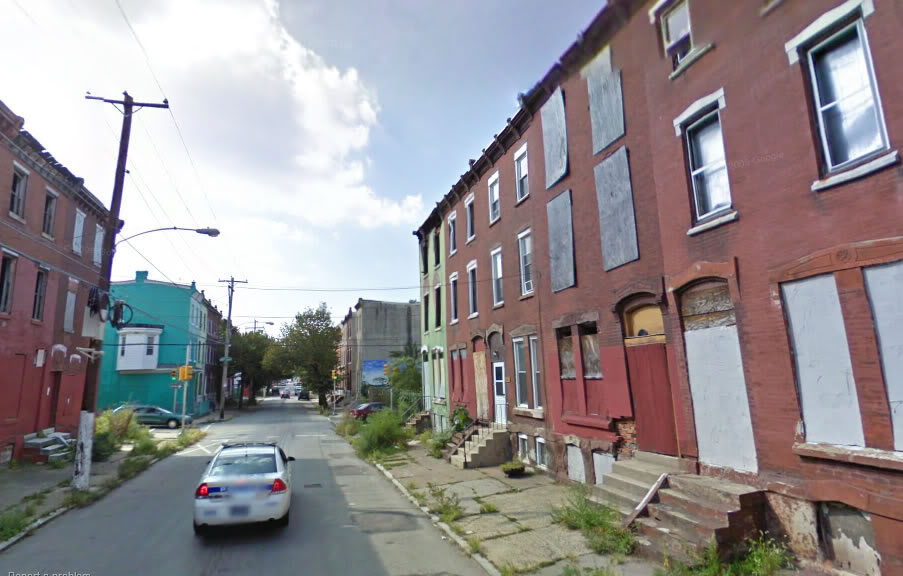
An animal tranquilizer typically used for horses is killing thousands in Philadelphia and other U.S. cities.
Xylazine, a drug known on the streets as "tranq," can be lethal when mixed with heroin or fentanyl and can cause severe wounds and sores that can result in amputations. City health officials said some people are injecting the drug unwittingly, but others seek out the sedative to lengthen the high that they experience through traditional opioids.
It poses a major public threat. Aside from being potentially lethal, the drug can also cause necrosis that can lead to loss of fingers, toes and limbs. If an overdose does not kill the user, it can cause their breathing to stop long enough to cause brain damage or other irreparable harm.
Xylazine is sold under the brand names Rompun, Sedazine and AnaSed and has been approved by the Food and Drug Administration for veterinary medicine only. It is used as a sedative, analgesic and muscle relaxant for horses and cattle. In people, the drug is so powerful, it can "knock out" users for six to eight hours, which is far longer than most opioids. This could also put users at risk for sexual assault, robbery and other crimes.
Advocates say that open sores and wounds can also delay people from getting addiction treatment because many rehab facilities do not accept those with untreated lesions. Moreover, overdose reversal drugs such as naloxone won't stop their effects
Adam Al-Assad of Savage Sisters, which has been out at McPherson Park treating wounds at pop-up clinics, said they had been trying to get the attention for tranq use for a year, but there are very few who cared to listen.
Tranq use has increased massively in recent years
Xylazine was first detected on the streets about a year ago, but it went dormant for years before it came back. When it was first detected, it was seen in fewer than two percent of fatal overdoses from 2010 to 2015. However, a report from the Philadelphia Department of Public Health researchers showed the number rose to 31 percent in 2019.
Most recently, it is showing up in 93 percent of the 625 samples tested since November 2020.
Kensington, which is the epicenter of the opioid crisis in the city, is also considered the hub of the xylazine boom. In 10 jurisdictions across the U.S., its presence increased from 0.36 percent of overdose deaths in 2015 to 6.7 percent in 2020.
The problem is not specifically only in Philadelphia, either. Xylazine-involved deaths were up nearly 87 percent between 2019 and 2020 in Michigan. It was involved in 19 percent of all drug overdoses in Maryland in 2021 and 10 percent in all drug overdoses in Connecticut the year before.
There is a growing concern that drugs on the street – especially fentanyl – may now be laced with xylazine. Over 107,000 people died from drug overdoses last year, including 3,040 in Michigan. The presence of xylazine in uncontrolled substances alone can cause people to overdose and die.
Xylazine was used by local drug traffickers as a cutting agent to extend their supplies of heroin and fentanyl. And because it is not a controlled substance, it can be legally purchased online – which means police and drug enforcers aren't making large seizures of them either. (Related: Heroin epidemic leaving a trail of dirty needles in rivers, beaches, and playgrounds.)
Jamill Taylor of the Philadelphia police narcotics unit explained that the xylazine is eating people alive. "It causes them to rot from the inside out."
The combination of xylazine and fentanyl can put a person to sleep for hours, making it harder to determine whether or not someone is experiencing an overdose, said Shawn Westfahl, an overdose prevention coordinator with the city's only needle exchange, Prevention Point.
Westfahl said he observed people becoming dependent on the xylazine-fentanyl combination as they seek out "tranq dope" during withdrawal, and the Kensington-based nonprofit's wound clinic is now predominantly treating wounds caused by tranq in the opioid supply, where he said users are getting wounds in places where they never even injected in the first place.
Visit Opioids.news for more information about dangerous drugs and their effects.
Watch this video showing Kensington Ave at night. It is the epicenter of the opioid crisis in Philadelphia.
This video is from the Puretrauma357 channel on Brighteon.com.
More related stories:
Sources include:
Please contact us for more information.










